
FOTOGRAFISKA X LUCAS MEYER-LECLERE
FOTOGRAFISKA X LML Adina Bier, the curator and innovative force behind the museum…
Photography by Sascha Rebrikov Interview by Louise Garier
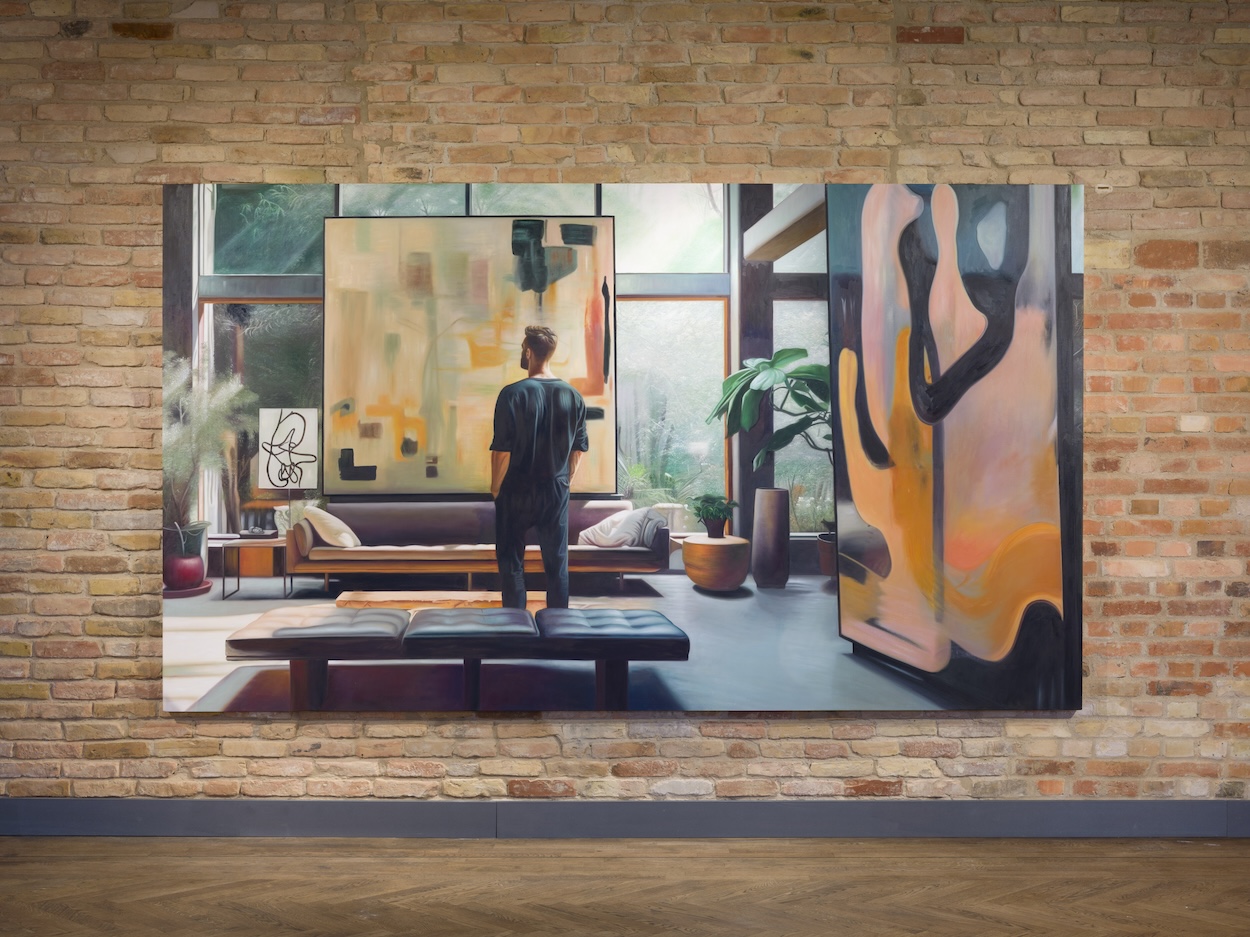
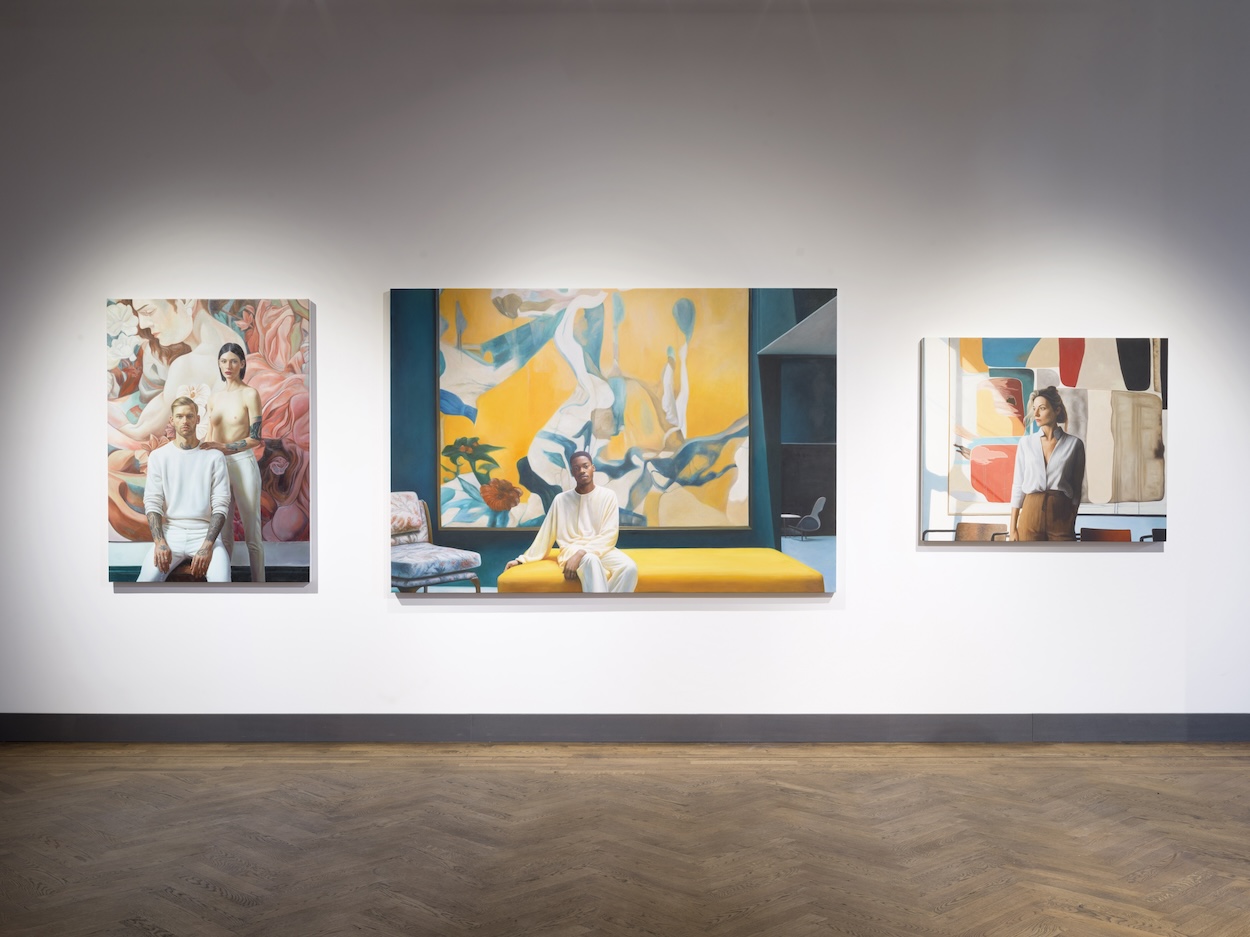
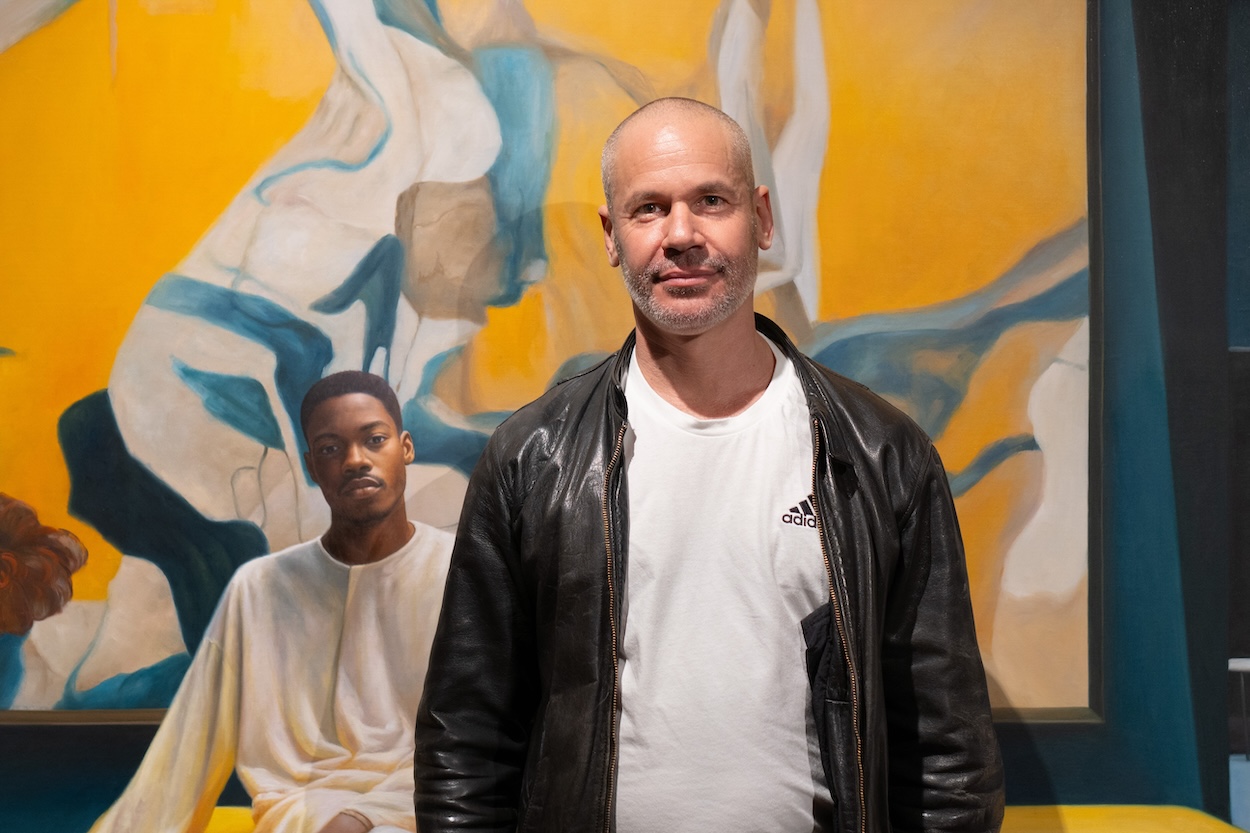
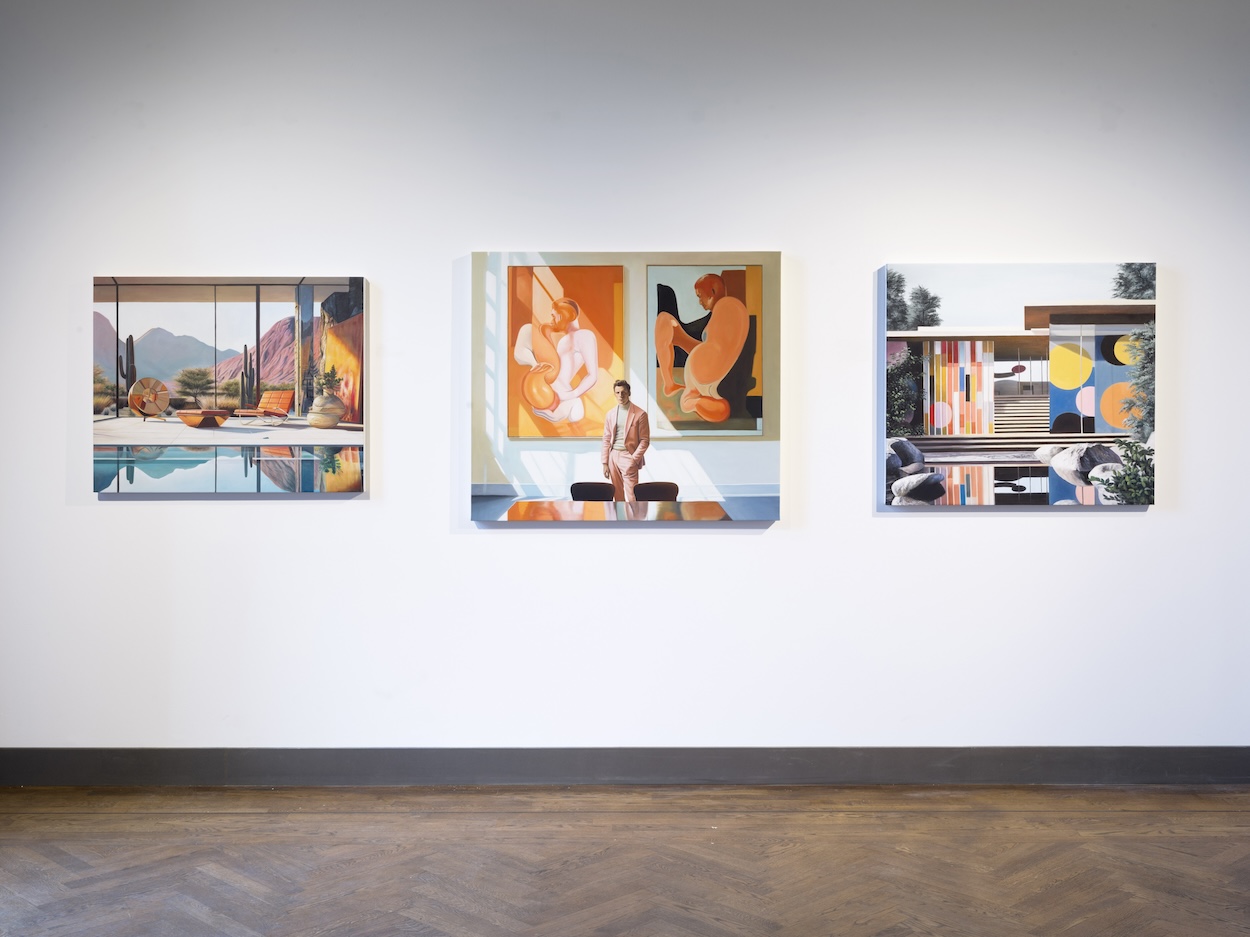
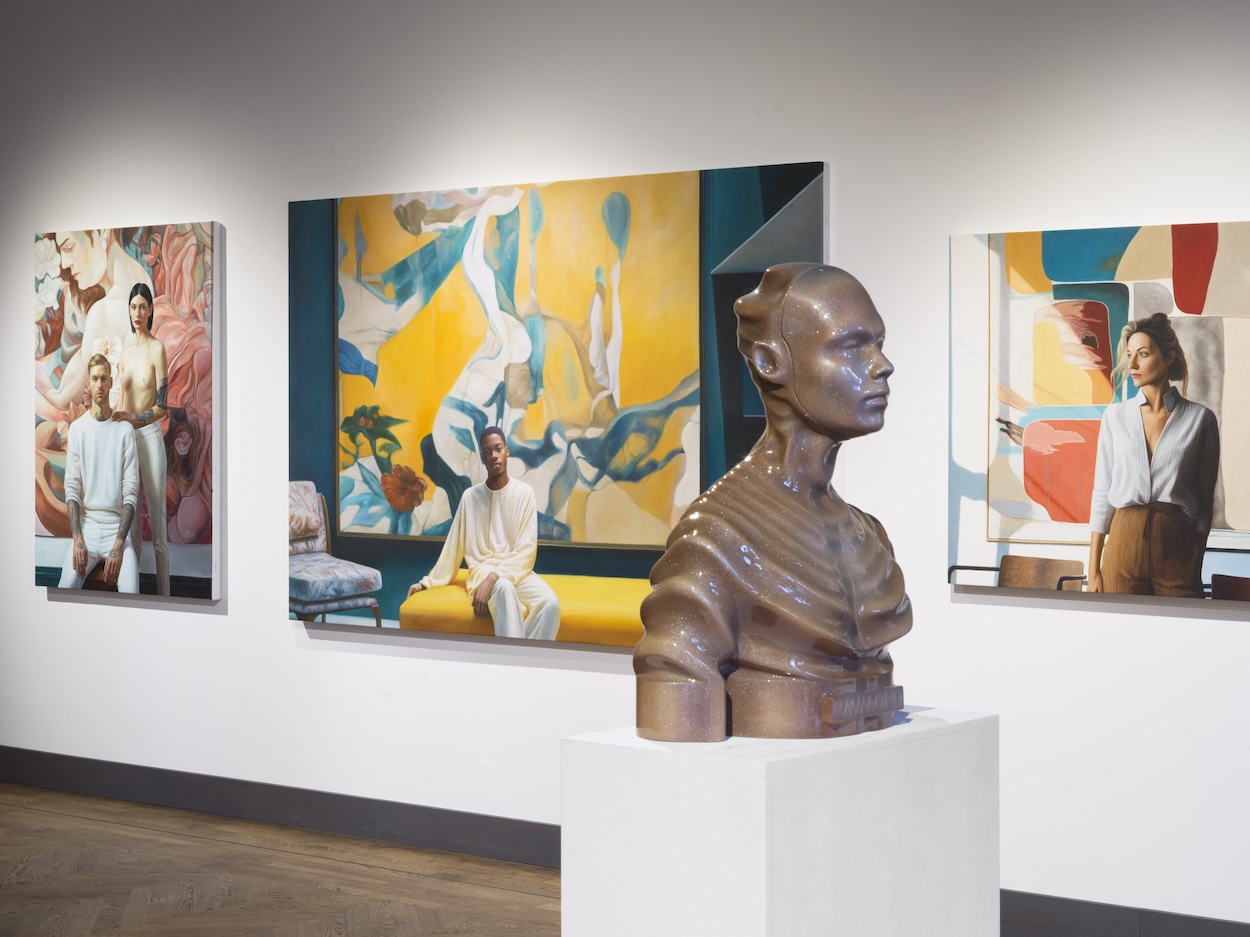
With his solo exhibition “POST-ARTIFICIAL PAINTINGS” at the KÖNIG TELEGRAPHENAMT, Tel Aviv-born artist Amir Fattal, who has been based in Berlin since 2002, presents a fusion of generative AI and essences of classical art that depict people in the space of a fictional, idealized art scene.
Through an artwork within the artwork, the protagonists appear as a kind of perfect placeholder for wealth and elegance, a perfect reflection of society.
Numéro Berlin spoke to Amir Fattal about his path to art, artificial intelligence and what an ideal art scene actually looks like.
I attended an art high school starting at the age of 14, which set me on a professional path early on. At 21, I moved to New York to study art, and eventually, I ended up in Berlin, where I completed both my Bachelor’s and Master’s degrees at the Art University of Berlin. I began exhibiting and curating while still in university.
I enjoy collaborating with other artists and bringing together those whose work I admire. Life as an artist can be quite isolating, so organizing exhibitions gives me an opportunity to step out of my bubble. I also take pleasure in creating social spaces for interaction. It’s truly rewarding to see a space come alive with visitors engaging with the art and each other.
I have a strong interest in new technologies and innovation within the creative field. For many years, I worked as a creative director for 3D printing. I am passionate about the learning process involved in mastering new technologies, whether it’s 3D printing, gaming engines, or AI. Engaging with new technologies opens up possibilities for developing my art practice.
The process was gradual, beginning with my early access to Midjourney, which captivated me from the start. I spent 7-10 hours a day designing, driven by curiosity about how it categorized styles and aesthetics. I experimented with creating artworks within images, allowing the AI to act as an artist and explore its creative potential. The AI’s proficiency in identifying what we find appealing led me to investigate what we culturally perceive as aspirational and tasteful, using the art world as a thematic lens.
“This is the rationale behind naming the exhibition “post-artificial painting,” as I believe this period will be regarded as a significant cultural and historical milestone.”
I use AI data to grasp contemporary ideals and representations of wealth, style, elegance, sophistication, and artistic sensibility. The portraits depict protagonists in the perfect settings for their art collections, adorned in designer attire, surrounded by meticulously arranged furniture, and exuding self-confidence. These images serve both as products and commentaries on our society, reflecting the diverse ways our collective data dreams up new realities.
Generative AI represents one of the most significant tools humanity has developed. It is the artist’s duty to investigate and reflect upon it, as it will undoubtedly alter our approach to and engagement with creativity. Although the technology is still nascent, I anticipate that more artists will explore its implications and effects. This is the rationale behind naming the exhibition “post-artificial painting,” as I believe this period will be regarded as a significant cultural and historical milestone.
Predicting the future impact of advanced technologies on art is challenging. Just three years ago, the focus was on NFTs, and now it has shifted to AI. Engaging with data, particularly given the insights that large computing powers can provide beyond human comprehension, will likely play a crucial role. Additionally, AI’s ability to blend different styles into hybrid forms is something I believe will become increasingly important.

FOTOGRAFISKA X LML Adina Bier, the curator and innovative force behind the museum…
Photography by Sascha Rebrikov Interview by Louise Garier

Electronic beats Prague, As part of its extended "Summer of Youth" campaign, German…
Words by Marcus Boxler

IN CONVERSATION WITH RAFA SILVARES, Brazilian born and Berlin-based artist Rafa…